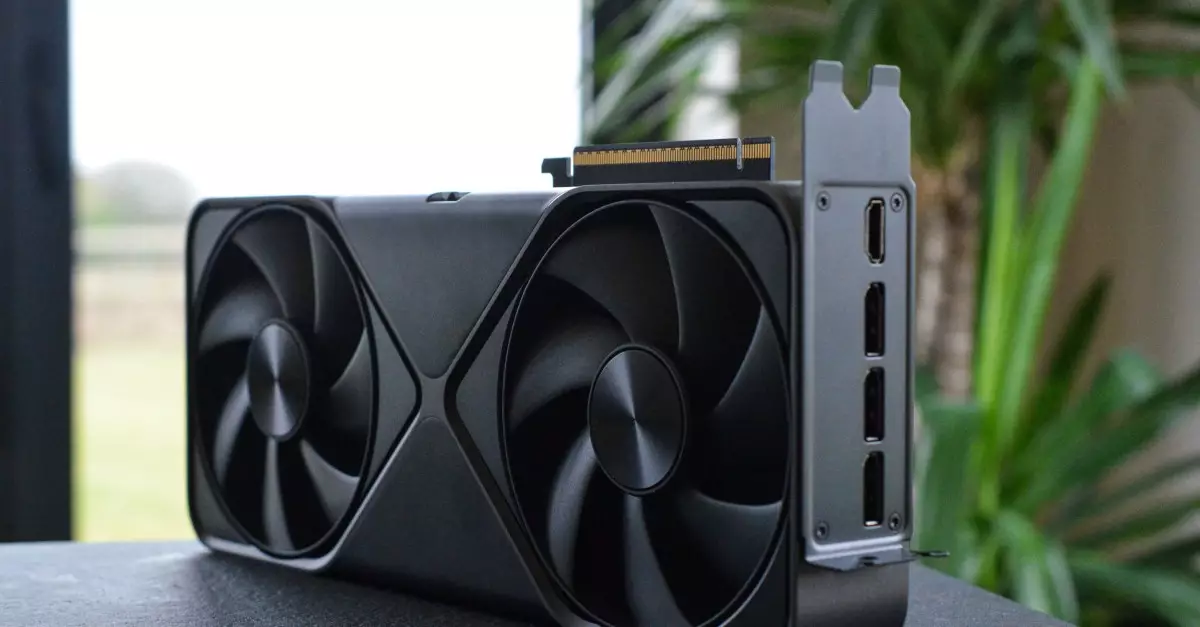The eagerly awaited launch of Nvidia’s RTX 5090 graphics card has turned into a colossal disappointment for many gamers and tech enthusiasts. Initially priced at an eye-watering $1,999, the RTX 5090 was expected to be a game-changer in the market. However, reports of severe stock shortages have plagued the launch, with retailers warning that many units might not be available until April or May. The hype surrounding the card quickly morphed into frustration as hopeful buyers found themselves facing empty shelves or, worse, exorbitant scalper prices.
Nvidia itself was forewarned about potential stock shortages prior to the launch. Nevertheless, the company proceeded with the rollout, leading many to brand it a “paper launch,” where a product is announced without adequate supply. Reports emerged of long lines outside retailers, only to reveal scant inventory—certain Micro Center locations reported having fewer than ten RTX 5090 cards available. In stark contrast, the slightly lower-end RTX 5080 faced lesser issues on its launch day, highlighting the disparity in availability between Nvidia’s high-end options.
Social media platforms like Reddit became a hotbed for frustrated buyers sharing accounts of their experiences in vain attempts to secure the RTX 5090. One user recounted standing in line for three consecutive days before finally obtaining a unit, while others shared images of purchase vouchers distributed at various locations. The dominant narrative, however, remained one of dissatisfaction; few were able to get their hands on the hardware they had camped out for. The systemic shortages paved the way for opportunistic scalpers, who began listing RTX 5090 cards on resale platforms for inflated prices, some reaching as high as $5,800—a price tag disheartening for genuine gamers.
The fallout from the RTX 5090 launch extends beyond individual gamers; it poses risks for the broader hardware ecosystem. With one major system integrator receiving just a solitary RTX 5090 on launch day, and other major builders similarly affected or entirely empty-handed, the implications for PC gaming are stark. These constraints on supply chain agility could stymie innovation and deter investment in high-performance gaming rigs, a troubling prospect for both consumers and manufacturers alike.
As the market grapples with the challenges stemming from the RTX 5090 launch, a clear demand emerges for greater transparency from manufacturers regarding product availability. Nvidia, along with other companies in the tech space, must reassess their rollout strategies, ensuring they can meet consumer demand without leaving a wave of frustrated buyers in their wake. Only through diligent stock management and clearer communication can companies hope to regain the trust of their customer base and avoid similar catastrophes in the future. The current climate underscores the crucial need for a balanced approach to product launches that takes both business logistics and consumer demand into account.

